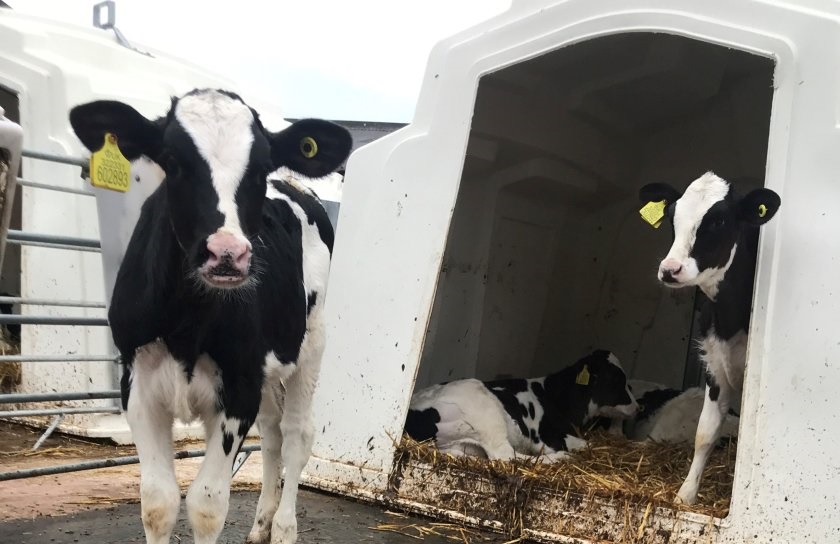
Researchers have received funding to investigate whether artificial intelligence could be used to detect disease in dairy cows earlier.
The University of Bristol project is one of 14 projects to receive a share of £9m funding from Defra as part of a major initiative to combat endemic livestock disease.
Researchers plan to use AI in order to monitor social interactions of cattle which could indicate developing mastitis or lameness – two of the most significant diseases affecting the UK dairy industry.
Diseases in dairy cows compromise health and welfare, and lead to financial losses for the farmer and the industry.
Ill cows have also been found to contribute a higher proportion of methane emissions, impacting the environmental sustainability of the sector.
While technologies do exist which automate the detection of disease in dairy cows, these tend to focus on observable symptoms which are associated with later stages of disease.
However, researchers want to see if they can identify diseases at an early stage by monitoring social interactions using AI.
Professor Andrew Dowsey from Bristol Veterinary School said: “A cow’s response to infection or trauma is to reduce behaviours which are not immediately essential to survival, such as social interactions.
"In a recent study we found that social exploration, the grooming of others, and receiving headbutts were all lower in cows with early-stage mastitis, so we think social behaviour changes could be early predictors of disease.”
Detecting social behaviour changes is difficult for a busy farmer, but is possible when monitoring them at key points such as queuing for milking or feeding time.
Professor Dowsey and his team have developed an AI that can track the motion of cows, recognising each cow by its distinctive coat pattern.
He said: “From collecting two years of video from 64 cameras covering our main barn at the John Oldacre Centre dairy farm, we will train a model that learns what types of behaviours change over time that are indicative of early-stage mastitis and lameness."
The system will be then be deployed at a network of recruited farms for testing.
Professor Dowsey added: "Detecting subtle changes in social behaviour could hold the key to the early diagnosis of disease in dairy cattle.”
